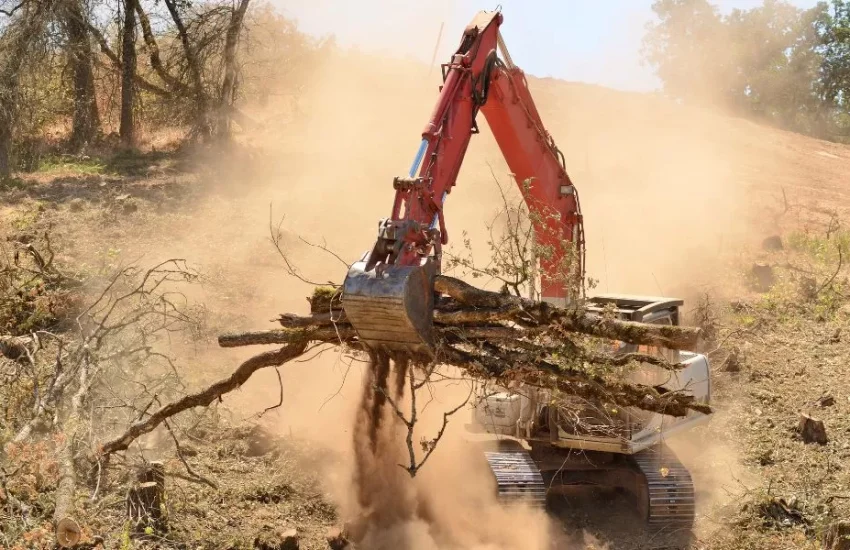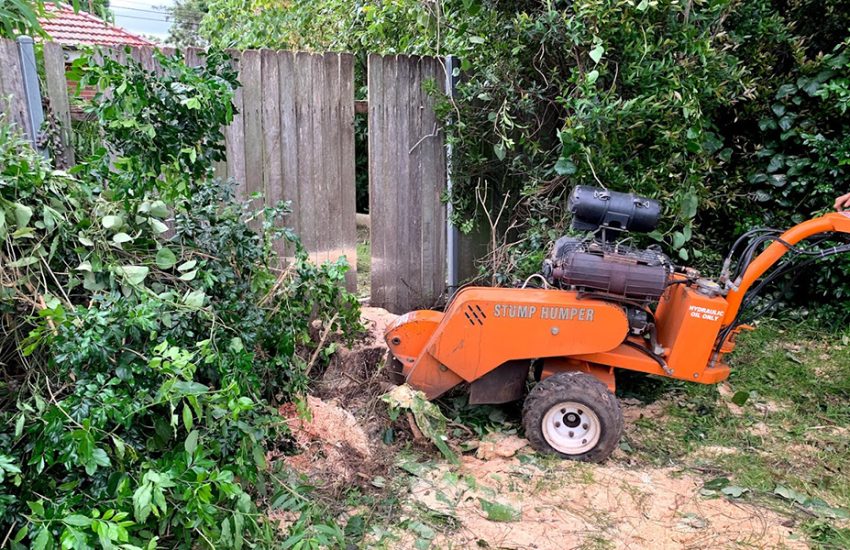Stainless Steel Fittings- All you should know
Fluid systems frequently employ stainless steel tube fittings, particularly in the sanitary industries. They are typically constructed out of stainless steel 304 and 316L, which reduces the risk of stress corrosion cracking. Reputable manufacturers of stainless steel tube fittings thoroughly test their products to check the hydraulic capacity’s pressure and make sure the fittings don’t leak under pressure. A stainless steel’s mechanical qualities make it valuable. Due to the high tensile strength of stainless steel, fittings are secure, dependable, and long-lasting. If stainless steel fittings are manufactured properly and following industry standards, they are highly resistant to corrosion and have a low leak rate.
The four most expensive and important problems with fluid systems should be addressed by the manufacturing of stainless steel tube fittings: improper installation, vibration, leakage, and thermal shock. This will give you a dependable, gaugeable product with excellent durability and streamlined maintenance. A guide should be used during installation to ensure that a fitting has been sufficiently tightened. The Fittings should ideally be installable with hand tools, and they should be simple to disconnect and tighten again for maintenance.
The ferrule, which compresses the tube as it is forced into a tapered seat and is a conical piece of metal in the case of stainless steel tube fittings (but can also be made of plastic), should be produced so that it can be used on a variety of thick- or thin-walled, hard and soft tubing. The ferrule must be able to withstand the effects of pressure, vibration, and thermal cycling. Quality tubing is tested for pressure, performance at extremes of temperature, and vibration resistance, all of which have a significant impact on durability. Particularly hygienic fittings ought to be amenable to disconnection and retightening for maintenance purposes.
A strong tube grip should be present on every fitting because it is essential for dependable operation. Fittings come in a variety of varieties, and choosing which to use depends on the needs of the system. The first kind of tube fittings were compression fittings, which are composed of three parts: a nut, a body, and a ferrule or gasket ring. Due to the design of the sealing ring, this type has several serious drawbacks, the most significant of which is that it can only withstand light pressure and that remake is very challenging.
Elastomeric O-rings are situated close to each open end of stainless steel fittings to create a seal on the tubing. First, the tubing is pushed onto the fitting because the O ring is made to be a loose push fit. The fitting’s end is then permanently deformed by a special clamp that presses three projections onto it to create a permanent seal. A permanent leak-free joint is created after pressing the rubber O-ring tightly between the tube and the fitting.



